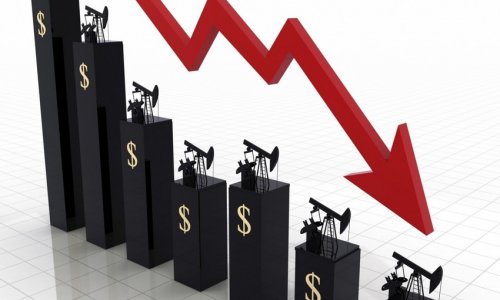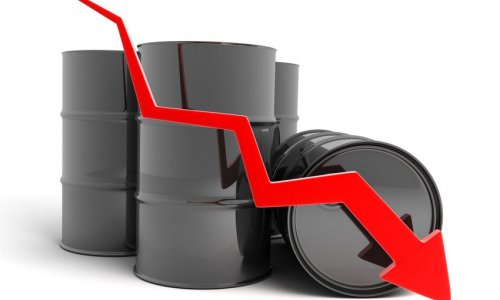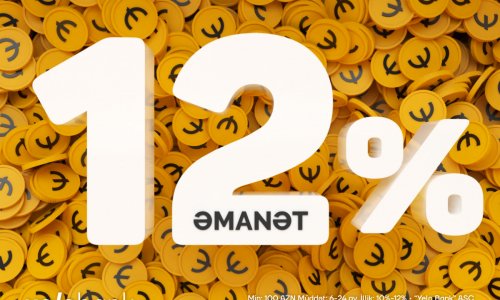As oil traders have learned time and again, picking a bottom in today's glutted market can be a fool's game. Just when prices start to rebound - as they have since mid-February - a wave of renewed bearishness can smack them back down.
While traders still see large risks to the downside as an overhang in production of 1 million to 2 million barrels of crude every day has left storage sites around the world filled to their rims, some first signs of recovery are emerging. This includes a double-hammer technical pattern, occurring on this year's leap day no less, which analysts say is a strong market indicator for higher prices.
1) DOUBLE HAMMER: TRADERS CHANGE THEIR MIND
Ringing in 2016's leap day, there are hints that sentiment in oil markets is getting more bullish. The number of bets, or net-short positions, on U.S. crude contracts falling has dropped over 17 percent since mid-February to its lowest level in 2016. At the same time, traders have boosted bullish bets on oil, raising net-long positions by nearly 16 percent. Technical indicators on the monthly U.S. crude candlestick chart even point to a so-called "double hammer" pattern, candlesticks with fat heads and long tails, for January and February. The pattern typically signals a bullish reversal. "A second hammer seems to be forming... in addition to the first hammer of last month," said Reuters technical analyst Wang Tao, adding: "The downtrend ... could be reversing."
2) NEW CARS EVERYWHERE
Falling crude means gasoline and diesel drops as well, so consumers worldwide are filling up and driving more. Motor fuel demand in North America and Europe is at or near record highs, and car sales are healthy. But, the real demand boost is coming from Asia, where some 2.5 million new cars hit the market in China every month. India, long a laggard of oil demand, has just pipped Japan as Asia's number two oil importer. Together, China and India are on track to overtake the United States as the top oil consumer.
3) PUMP THAT SHALE, OR NOT
The United States is still pumping near-record volumes of crude, despite the price slump. But the strain is starting to show. U.S. drilling activity has now dropped for 10 straight weeks and is at the lowest since December 2009. As a result, the International Energy Agency (IEA) expects U.S. production to fall by 600,000 barrels per day (bpd) this year.
4) ARMY OF OIL ZOMBIES
U.S. oil companies are feeling the strain and many, known as "zombies", have stopped pumping as they wait out the downturn, saving cash and paying off what debt they can. Banks threaten to cut credit lines, sending companies under and cutting output capacity.
5) YOU DON'T SPEND, YOU DON'T GET
If any one thing points to the dangers of a supply shortfall in the future, it's a lack of investment. As famed oil bull Andrew Hall said earlier this year, when prices had slumped to their lowest level since 2003: "Prices will eventually have to move to a level that creates supply rather than destroys it." That point may have to come soon, with energy consultancy Wood Mackenzie estimating that $380 billion worth of planned oil and gas projects have been postponed or canceled since 2014 in one of the biggest cost-cutting measures ever.
6) SAUDIS BLINK?
After a year of racing to pump for global market share which sent prices crashing, OPEC's de facto leader Saudi Arabia and non-OPEC production giant Russia are now talking about freezing output at January levels. Keeping output near record levels would do little to reduce the global glut, but it might stop it from ballooning further. The problem is fitting Iran into the picture, as the country has promised to boost output to pre-sanctions levels after they were lifted in January. Unsurprisingly, Tehran called the proposal that would freeze Russian and Saudi production around 10 million bpd while Iran would have to do with a mere 1 million bpd "laughable."
7) FOG OF WAR
When the specter of supply-disruptive conflict looms, skittish traders look to buy oil. With Iraq and Syria in disarray, Saudi Arabia bombing Yemen, and Russia embroiled in conflict in both Ukraine and Syria, there is plenty to watch. Struggling with high spending and tumbling revenues, risk analysts are also keeping a keen eye on stability in Venezuela, Nigeria, Angola and Algeria. Compounding the risk, the amount of available spare OPEC oil capacity that could compensate for any sudden shortage is little more than 1.25 million bpd, the lowest since before the global financial crisis in 2008, according to the EIA.
(reuters.com)
www.ann.az
Follow us !











